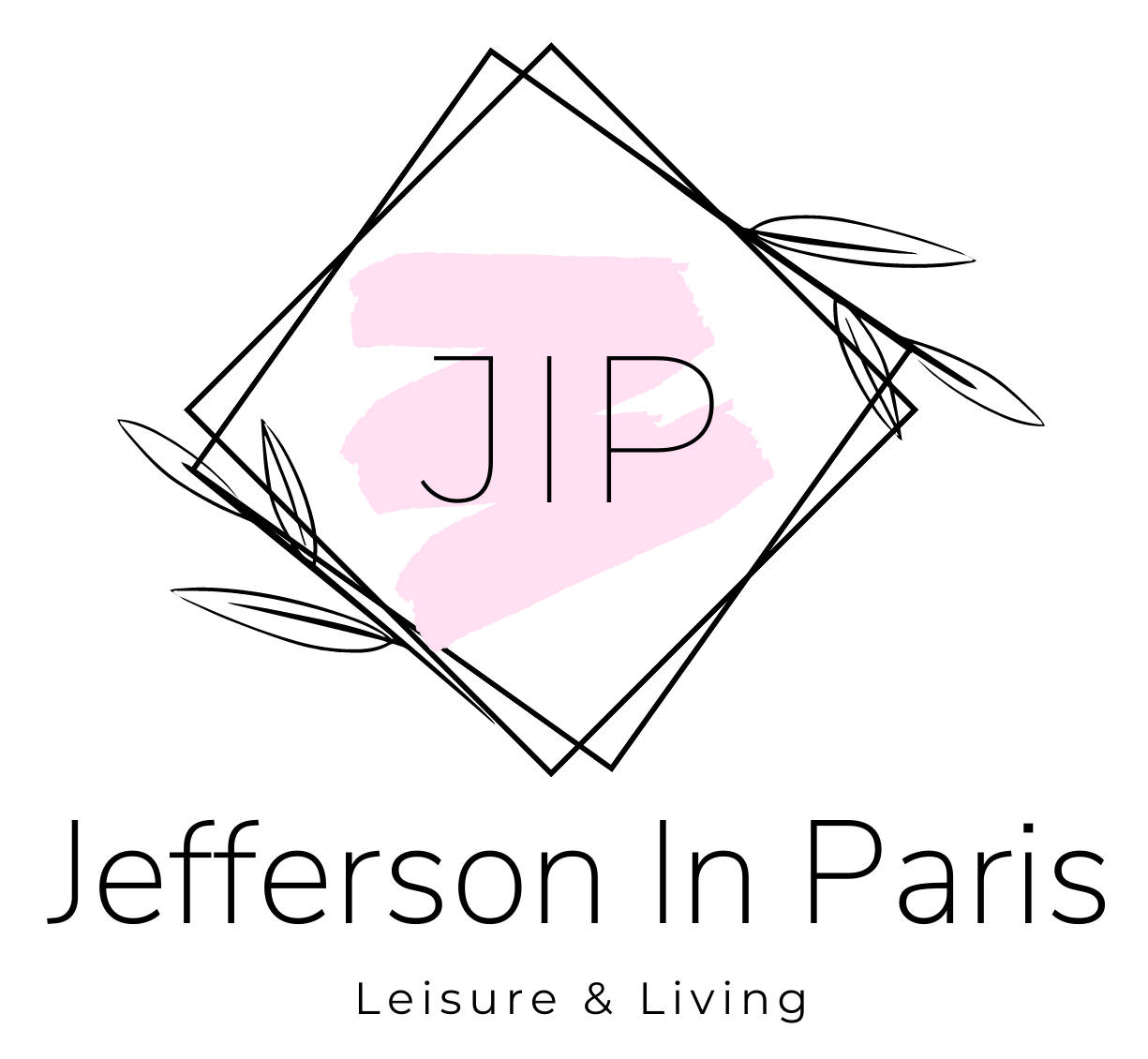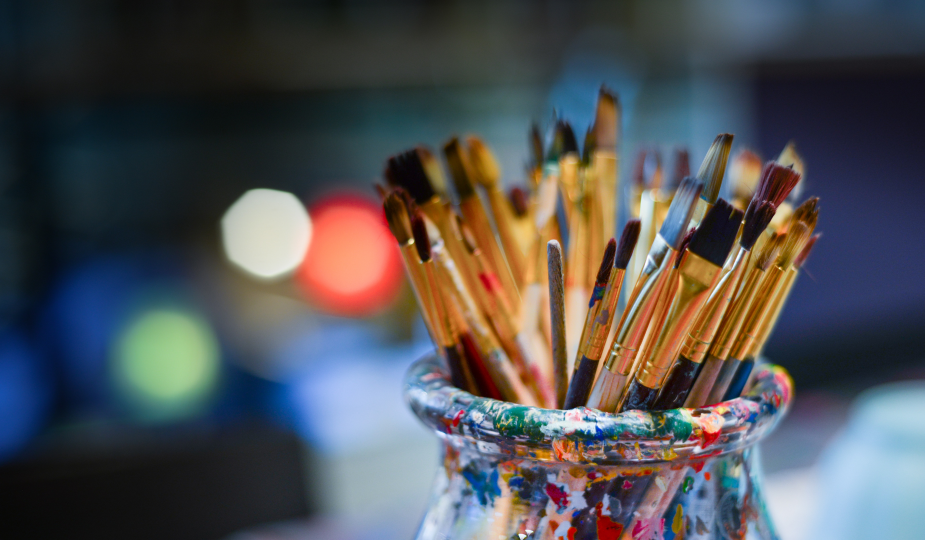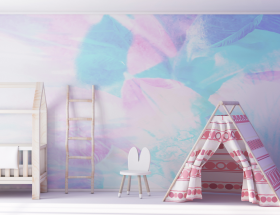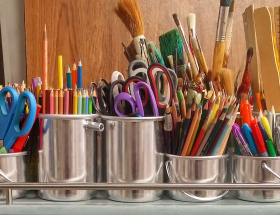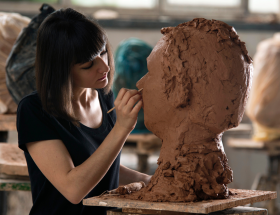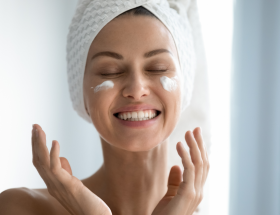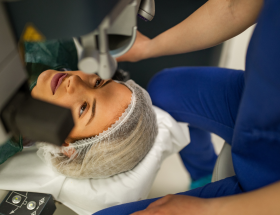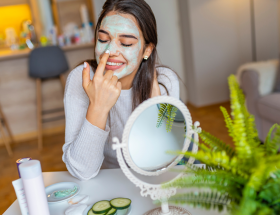Painting is a popular hobby and profession, but it can also be a little overwhelming if you’re just starting. What do you need to get started? There are lots of different pieces that come into play, and they all serve their unique purpose.
In this article, we break down 8 essential materials for painting. Along with detailed descriptions of each material and its purposes!
Paint
Paint is probably the most important material you need for painting. You can get paint in many different colours, but you will also need to decide on the type of paint you want to use. There are water-based paints and oil-based paints. Water-based paints are easier to clean up, but oil-based paints have a longer lifespan.
Brushes
There are a wide variety of brushes available on the market. The type you choose will largely depend on the medium you are working with. For example, oil painters will typically use natural bristle brushes, while watercolourists may prefer synthetic sable brushes.
Some common brush shapes include round, flat, angular, and filbert. Round brushes are great for detailed work, while flat brushes can be used for both broad strokes and fine lines. Angular and filbert brushes are ideal for creating texture. Experiment with different brush shapes to see what works best for you and your painting style.
Whatever type of brush you choose, make sure it is of good quality and that the bristles are firmly attached to the handle. You don’t want your brush falling apart in the middle of a painting!
A Painting Surface
A painting surface is any flat surface on which you can apply the paint. The three most common painting surfaces are canvas, paper, and wood. Canvas is a popular choice for painting because it is sturdy and can be stretched or mounted on a frame. It is also absorbent, so you can use it with both water-based and oil-based paints. Paper is another popular choice for painting, especially for watercolour paintings. It is available in a variety of weights and textures, and you can tape it to a backing board to create a stable surface. Wood is a less common choice for painting, but you can use it can for both oil-based and acrylic paintings. You should prime it before painting to create a smooth surface.
Palette
A palette can be any flat surface on which to mix paints, but there are a few things to consider when choosing one. The size of the palette should be appropriate for the type of painting you will be doing. A small canvas or panel will require a smaller palette, while a larger one will need a bigger mixing area.
The type of paint you are using will also dictate the best type of palette to use. Watercolours and gouache can be mixed on a watercolour block, which has raised edges to keep paints from running off the sides. Oil and acrylic paints require firm, non-porous surfaces like an enamelled metal or glass palette.
No matter what type of palette you choose, make sure it is clean before each use. Wipe down the surface with a damp cloth to remove any dried paint or other debris. This will help your paints mix more evenly and prevent them from becoming contaminated.
Palette Knives
When it comes to painting, one of the most important tools you will need is a palette knife. Palette knives come in a variety of shapes and sizes, but they all serve the same purpose: to help you mix and apply paint to your canvas.
Many different techniques can be used with a palette knife, from simply applying paint to creating textured effects. If you are just starting, it is best to choose a basic palette knife with a rounded tip. This will allow you to get a feel for how the tool works before moving on to more advanced techniques.
Once you have mastered the basics of using a palette knife, you can experiment with different strokes and pressure levels to create unique effects. Remember that practice makes perfect, so don’t get discouraged if your first attempts don’t turn out exactly as you had planned. With time and patience, you will be able to create beautiful paintings using nothing but a palette knife!
Paint Sticks or Pencils
When it comes to painting, there are a few essential materials that you will need to get started. These include paint sticks or pencils, paper, and a paintbrush.
Paint sticks or pencils are a necessary part of the painting because they allow you to create the initial outline of your painting. This outline will serve as a guide for the rest of your painting process. Without it, your painting may end up looking messy and unfinished.
Paint Thinner or Mineral Spirits
Paint thinner or mineral spirits are both solvents that you can use to thin oil-based paint and clean up paint brushes. They are made from different petroleum products and have different chemical compositions. It is less expensive but also more volatile. However, mineral spirits are slower to evaporate and are considered safer to use.
Rags or Paper Towels
If you’re using water-based paint, you’ll need rags or paper towels to clean up any spills. Acrylic and oil-based paints will require solvent cleaner and rags to clean up.
